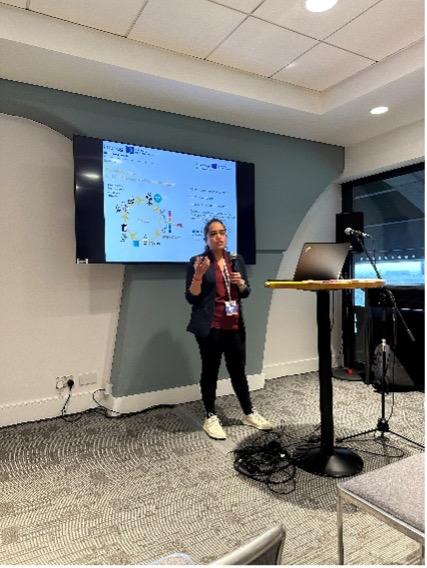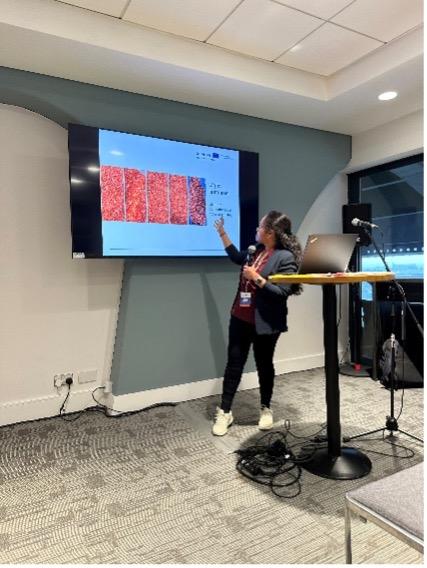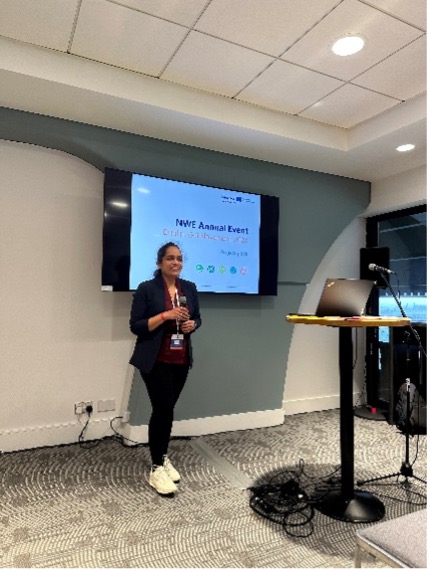ECOPRO project leads, TUS are collaborating closely with industry partner DeltaQ to understand the unique requirements for developing colour masterbatches in industrial-specific polymers. With DeltaQ’s expertise and guidance, TUS has conducted feasibility trials at both TUS and DeltaQ facilities, ensuring a thorough evaluation of the process. This collaboration is a key step toward advancing sustainable and industry-ready solutions.
The developed red colour pigment was incorporated into industry-specific polymers, including EVA, EMA, HDPE, LDPE, PP, and PETg, using two different processing methods. Firstly, the pigment was blended with the polymers through twin-screw extrusion, the extruded filament was then pelletised and used for injection moulding plaques and tensile bars. In addition, PE samples were compression moulded into thin films.
The processability of the materials with all three methods was seamless, requiring no additional additives.
Testing showed that polymers with a higher melt flow index produced brighter, more intense red colours, making them more suitable for injection moulding applications.
So far, the PETg samples have shown good UV stability after 2 weeks of testing in the QUV accelerated weathering tester, with ongoing tests to confirm long-term colour stability.
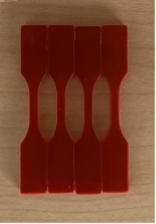
The QUV tester mimics the effects of natural weather conditions such as sunlight, rain, and dew, and in just a few days or weeks, it can replicate the damage that would usually take months or years to develop outdoors. Furthermore, polymers demonstrating good thermal stability from the results will be further explored in the next phase of the project, with the developed colorants potentially expanding into various commercial applications.
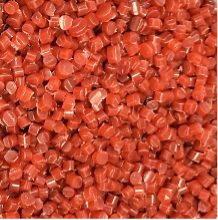
Lead project coordinator, Dr Chaitra Venkatesh presented the ECOPRO project during the recent Interreg NWE annual event, attracting significant interest from both industrial and academic participants eager to explore future collaboration opportunities. It was a highly productive event, fostering valuable interactions as various Interreg projects came together for networking.
